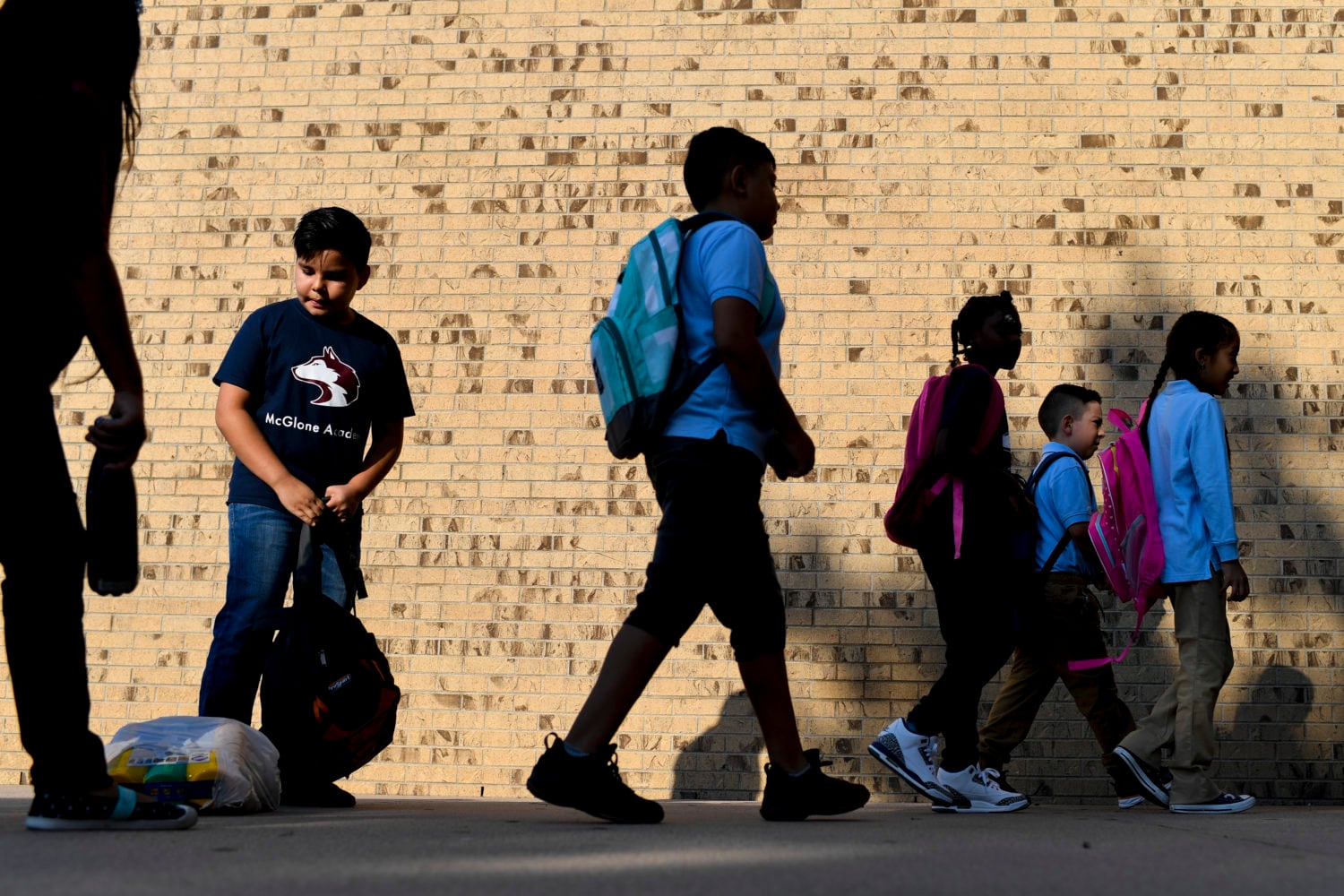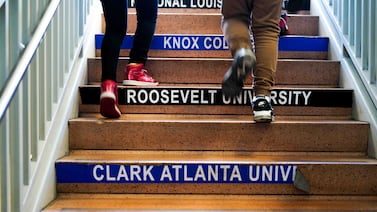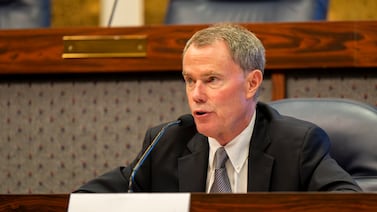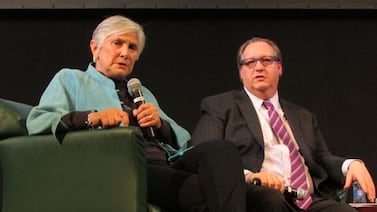Sign up for Chalkbeat Colorado’s free daily newsletter to get the latest reporting from us, plus curated news from other Colorado outlets, delivered to your inbox.
Denver Public Schools will have to “analyze and adjust” school enrollment boundaries every five years under a policy unanimously approved Thursday by the school board.
The policy, known as Executive Limitation 19, is meant to help balance student enrollment among schools. Doing so could become even more important in future years, as DPS predicts its enrollment will decline 8% by 2029, likely necessitating additional school closures.
The district closed seven schools for low enrollment earlier this month. It partially closed three more, which means those schools will reopen in the fall with fewer grade levels
DPS has not redrawn school boundaries districtwide in at least 30 years. Many school boundaries have remained unchanged since 1995. That’s when DPS ended a court-ordered cross-city busing system put in place to racially integrate Denver’s schools.
The district has, however, created several enrollment zones in the past decade. Enrollment zones are big boundaries that contain several schools. Families who live in enrollment zones must choose among the schools in the zone.
The new policy requires the superintendent to analyze and adjust the boundaries of both individual schools and the district’s 15 enrollment zones every five years, beginning in the 2026-27 school year. The adjustments will happen in conjunction with either the U.S. Census or the census bureau’s interim American Community Survey, the policy says.
It also requires the superintendent to make adjustments “that account for shifting demographics and housing trends” and avoid creating boundaries that “further socioeconomically segregate schools.” A recent report from the Colorado Advisory Committee to the U.S. Commission on Civil Rights recommended that districts revise their school attendance zones at least every four years to increase racial integration.
Denver’s superintendent must hold regional community meetings “to consult on recommendations for boundary adjustments,” the policy says. Those adjustments must ensure students have a “safe and accessible” route to walk or bike to school, it says.
Boundary changes may not affect all Denver students. School choice, or the ability for students to apply to attend any public school, is enshrined in Colorado law — and many DPS students take advantage of it. District data shows that 44% of DPS’ approximately 90,000 students attended a school outside of their boundary or enrollment zone this past school year.
The new policy is similar to a proposal floated by a former board member in 2023. That proposal would have required the superintendent to analyze and adjust school boundaries every four years. It also would have capped elementary school enrollment at 600 students. The board voted in 2023 to postpone a discussion on that proposal and never returned to it.
Melanie Asmar is the bureau chief for Chalkbeat Colorado. Contact Melanie at masmar@chalkbeat.org.







